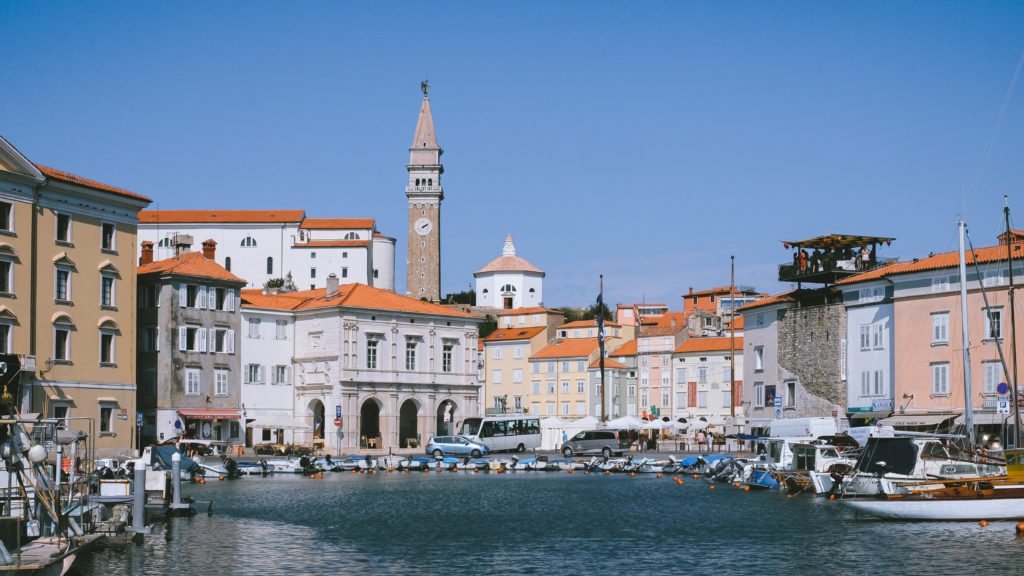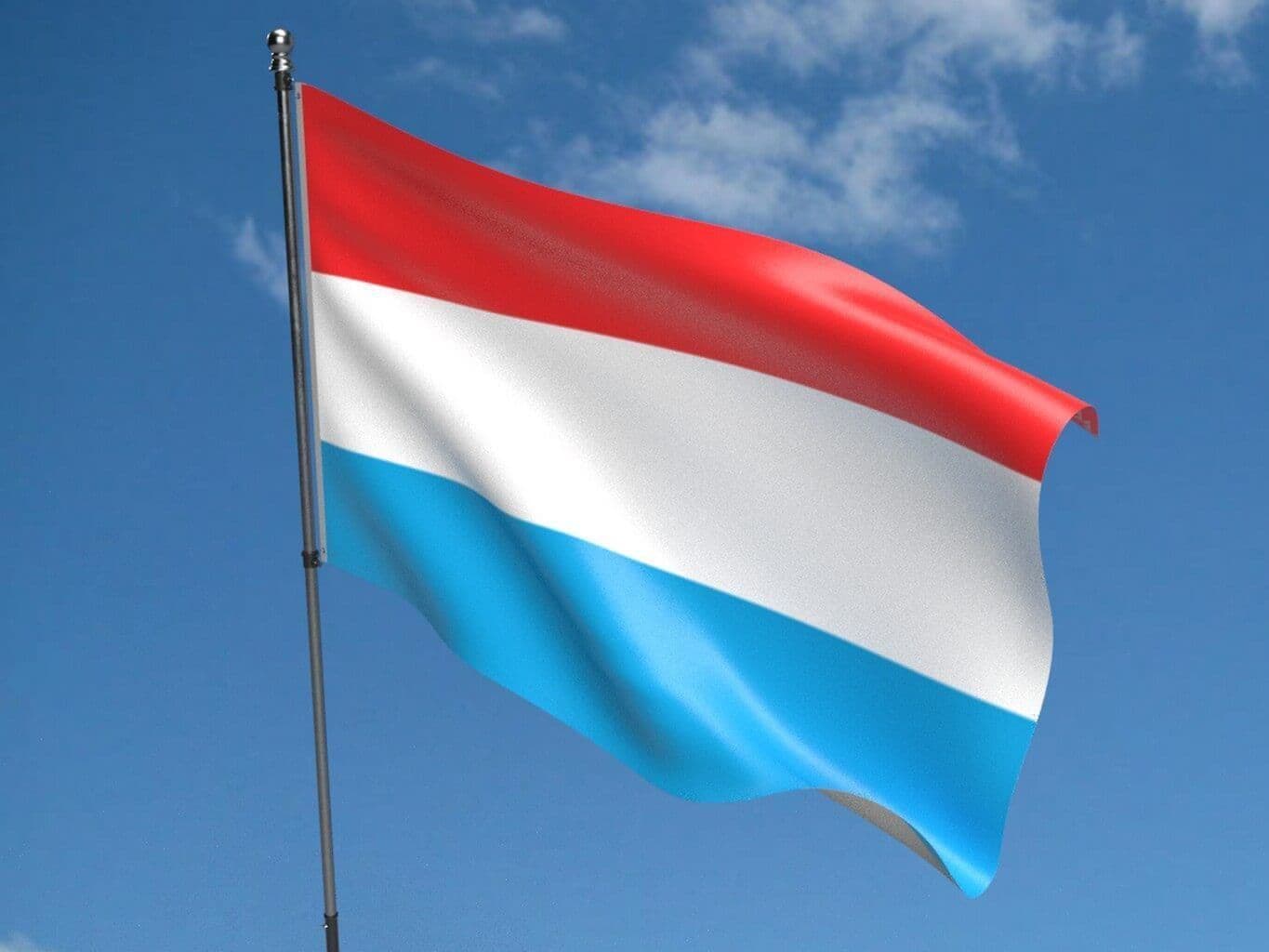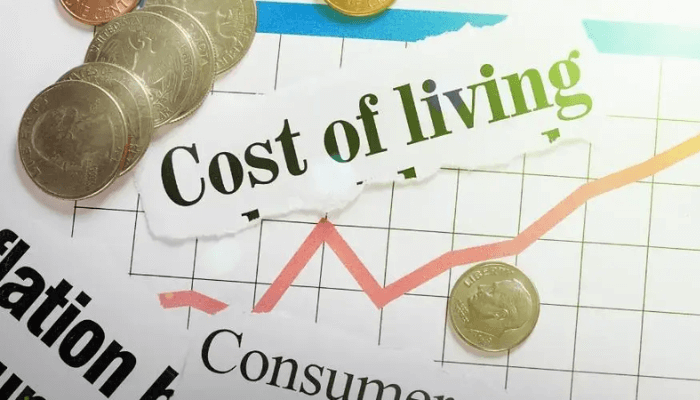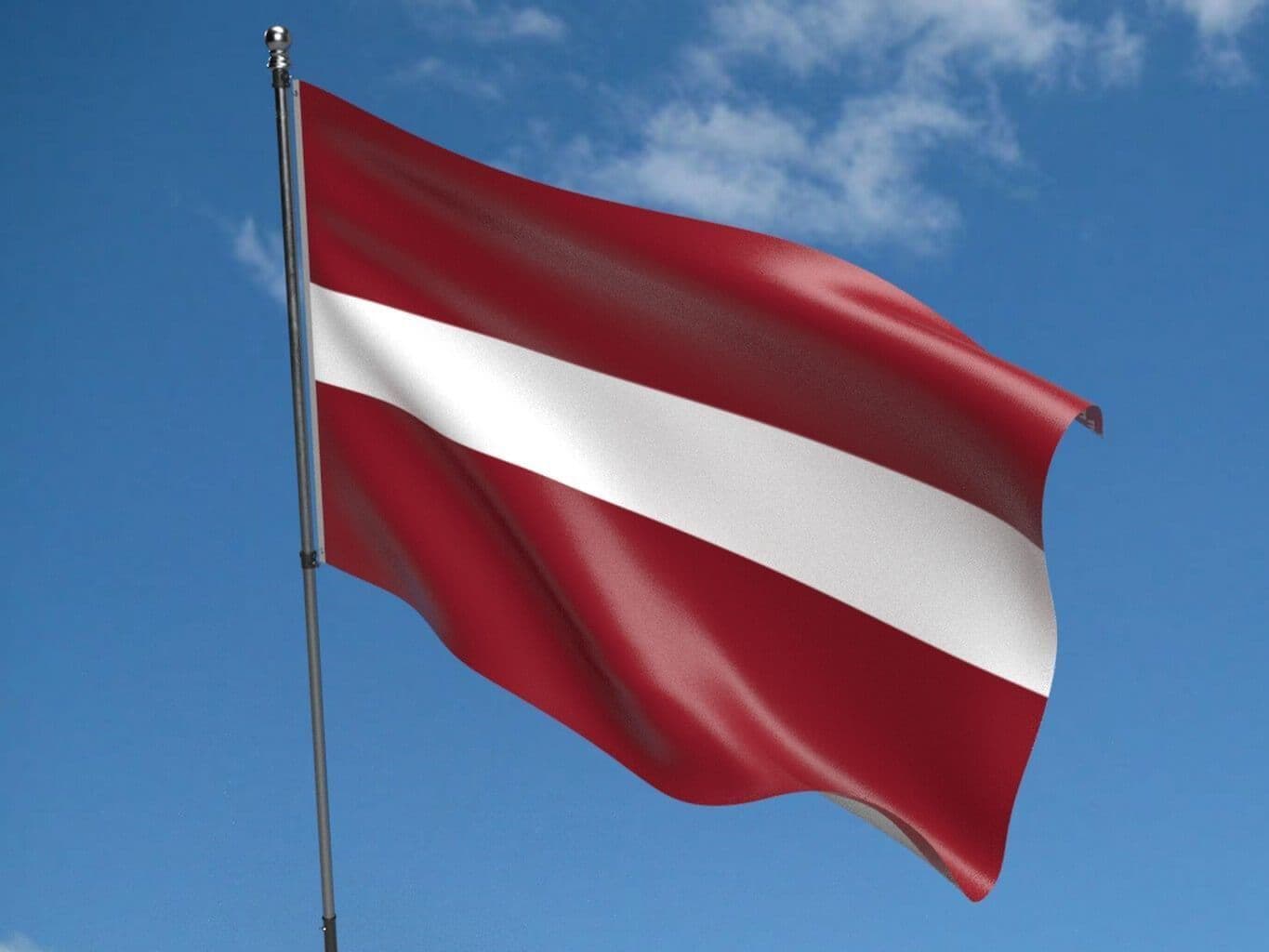Slovenia is a Central European country bordered by Italy, Austria, Hungary, and Croatia and by the vastness of the Adriatic Sea to the southeast. Slovenia is one of the most diversified countries in terms of landscape, culture, and language in the region owing to the influence of its powerful cultural neighbors around it.

The population speaks many languages such as French, German, Italian, English, Hungarian, etc. Slovene however, is the official language of the country. Foreigners are attracted by several things about Slovenia, the top of which are the majestic mountains, natural beauty, less population, central location, rich culture, and amiable locals.
Visa policies and residence
Slovenia is a member state of the European Union (EU) and the European Economic Association (EEA) hence needless to say that the citizens of the EU enjoy a visa-free travel status to Slovenia. Furthermore, Slovenia is also a signatory of the Schengen agreement of nations; the restriction to produce passports between borders is also not applicable to EU citizens.
Third-country citizens, however, need a visa to travel or stay in the country. The type of visa and the process to obtain one are determined by the purpose and duration of the applicant’s stay. A normal Schengen visa allows the bearer to travel the region for 90 days with a single entry (may vary with the country of entry and nationality of the bearer).
Aspirants who wish to make Slovenia their second home must obtain a work visa before entering the country. Highly skilled persons are offered Blue Card which enables them to work in Slovenia; such as electricians, technicians, foremen, civil engineers, etc.
Culture & history
Formerly known as Yugoslavia, Slovenia is an underpopulated country hosting a unique and versatile mix of cultures. At one point in time, this region was part of the Roman Empire and showcases the Christian influence despite communist dominance for many years. The influence of different cultures is also evident in the festivals and celebrations; celebrating the beginning and end of summer, arts, heritage, and everything in between.
Vibrant colors, joyful people, and scrumptious cuisine highlight the daily life of Slovenia wherever one may go.
Cost of living
Compared to other European countries, Slovenia is among the few that are inexpensive. On average, a family of 4 people should not be spending more than EUR 2,500 per month, provided the finances are maintained wisely. This amount includes rental for accommodation, basic food requirements, transportation, and utilities. Staple items such as milk, bread, eggs, fruits, vegetables, etc. are cheaper; fancy cafes and bars serve indigenous as well as continental food which may be pricey.
Health & education
The healthcare system has two main components; delivery and access. As far as access is concerned, healthcare insurance for every resident, be it a citizen or otherwise, is compulsory. The Health Insurance Institute is the state-run sole insurer and provides universal coverage.
Delivery of healthcare and medical assistance is very planned and spans across the country with uniform standards. The system, as in many countries globally, is divided into primary, secondary, and tertiary healthcare units. The primary and secondary units offer average services while tertiary hospitals located in major cities are mostly at par with international standards.
Education is another worry if a family with kids is moving to Slovenia. Luckily, expatriates can choose from several schools, private and public, offered by the state. Public schools emphasize learning in the Slovenian language, and the curriculum followed adheres rigidly to the state’s policies; unlike private schools which are often opted for by expatriates. Private schools have a flexible curriculum and offer to learn in English, German, French, Hungarian, etc., however, Slovenian language courses at a basic level are compulsory here as well.
Education for the most part is inexpensive and accessible, with multiple options at the secondary level; one can opt to study vocational, technical, or general programs as per personal choice.
Transportation
Public transport is state-run and comprises buses, trains, and Subways. It’s a very well-planned infrastructure connecting all cities and rural areas of the country wherever possible. Discounts and long pass deals are offered to students, senior citizens, and low-income or unemployed citizens.
Owing to a thriving economy, most households own more than one vehicle, as such despite the low population one will find a large number of cars in city areas, along with bikes and freely walking public.



